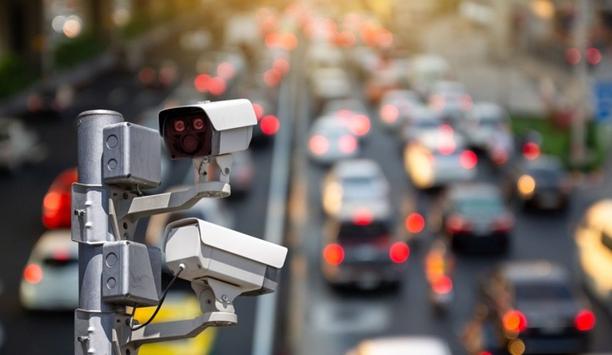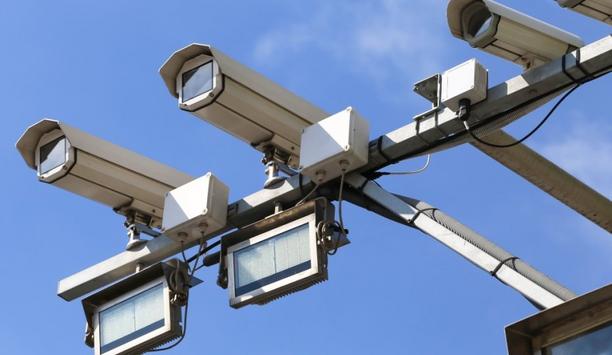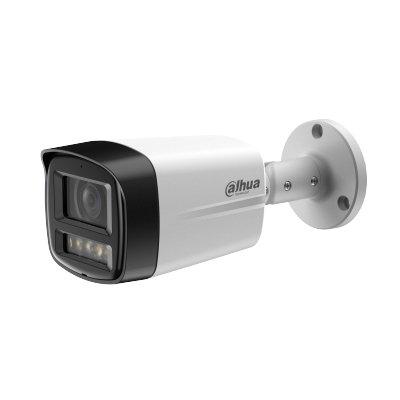Recent events in Ferguson, Missouri, have drawn huge national attention, and the news story has the potential to dominate headlines and stir controversy nationwide as it plays out over the next few years. Some elements here are similar to the Trayvon Martin case in Florida, a national story that grabbed headlines for years, climaxing in a televised trial and a troubling (for some) verdict that people are still talking about.
The Michael Brown shooting case in Ferguson has similarities, but also some differences, including the fact that the shooter here was not a neighborhood watch volunteer but a sworn police officer, Darren Wilson. Another difference is the role that video surveillance did play – and, importantly, could have played.
The gist of the story is that Wilson, a white police officer, shot and killed Brown, an unarmed 18-year-old African-American. Community response in the predominantly black suburb of St. Louis has included demonstrations and rioting continuing over the course of several days.
The role of surveillance in the story emerged when police released a video apparently showing the 18-year-old victim involved in a “strong-arm robbery” at a nearby convenience store minutes before the incident. The video shows an image the police have identified as Brown stealing merchandise from the store and pushing a store employee who tried to prevent him leaving the store. The incident occurred minutes before the shooting. The quality of the video is decent, although the individuals are more identifiable from their clothing than from their faces.
The video images that are missing, however, are any images of the incident itself. An emerging application for video surveillance is the use of cameras worn by police officers during the course of their duties. If Wilson had used a body-worn camera and if such a video therefore existed, it would likely shed important light on exactly what happened right before and during the shooting. However, adoption of body-worn video is in the early stages – only a handful of jurisdictions have implemented the technology. Looking ahead, one might expect the high-profile incident in Ferguson to enter into the discussions as more jurisdictions consider the possible benefits of these cameras. Could the shooting in Ferguson, Mo., be the watershed incident that raises awareness of body-worn cameras and causes explosive growth of the market?
The incident is a tragedy any way you consider it. But might the lessons we learn from the tragedy include the benefit of video surveillance to document and confirm whether a police officer’s actions are appropriate to the situation?








































